Nichrome wire, such as the Heat Resistance NICHROME Wire SWG 25 with a diameter of 0.50 mm, is widely used in heating elements due to its properties. Here’s how it works:
1. Composition: Nichrome wire is composed of a nickel-chromium alloy (typically around 80% nickel and 20% chromium). This alloy is chosen for its high electrical resistivity and resistance to oxidation at high temperatures.
2. High Resistance: Nichrome wire has a high resistivity, meaning it resists the flow of electric current and thus converts electrical energy into heat efficiently.
3. Heating Mechanism: When an electric current passes through the nichrome wire, it encounters resistance. This resistance causes the wire to heat up due to the Joule heating effect, where electrical energy is converted into heat energy. The amount of heat generated depends on the voltage applied and the resistance of the wire.
4. Temperature Control: The temperature of the nichrome wire can be controlled by adjusting the voltage applied to it. Higher voltages result in higher temperatures, making it suitable for various heating applications.
5. Applications: Nichrome wire is used in heating elements for electric ovens, toasters, hair dryers, and other appliances requiring controlled heat generation. It’s also used in industrial applications such as furnace heating elements, kilns, and in laboratories for heating purposes.
6. Durability: It is chosen for its durability at high temperatures and its ability to maintain its resistance over extended periods of use.
Overall, Nichrome wire is valued for its reliability, high resistance to oxidation, and consistent performance in converting electrical energy into heat, making it a popular choice in heating applications.

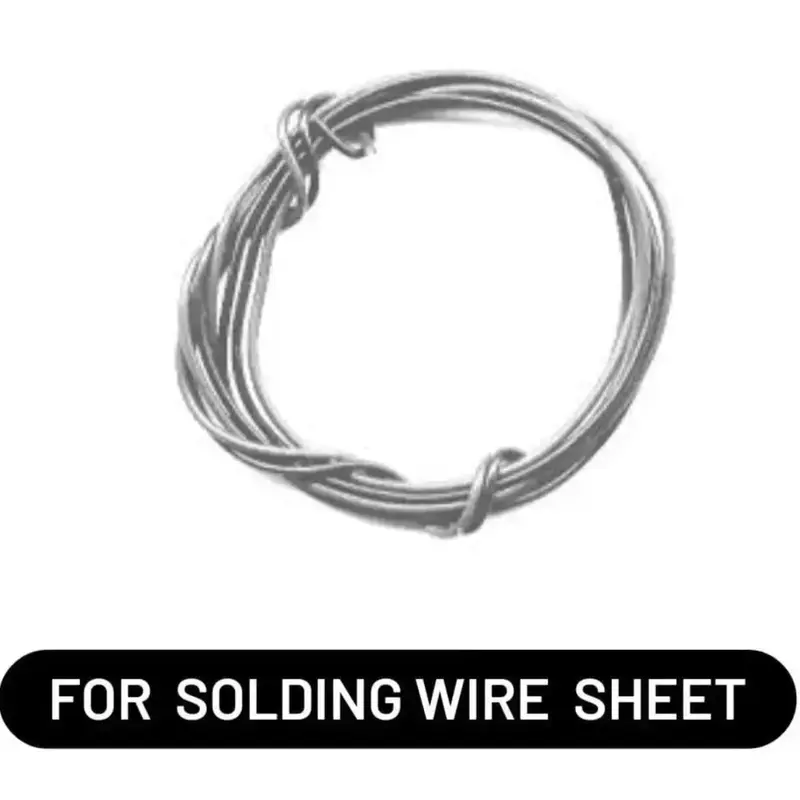
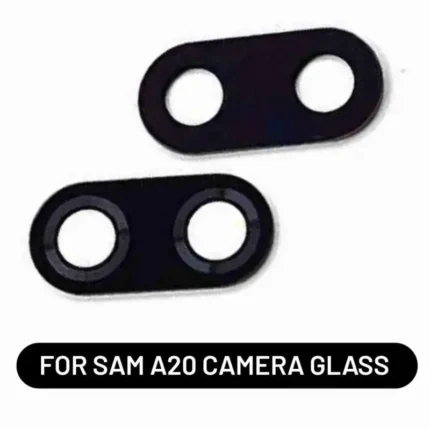

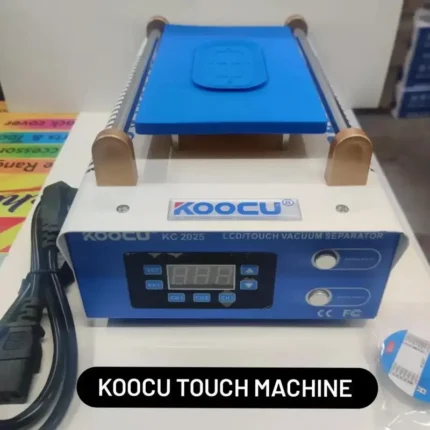
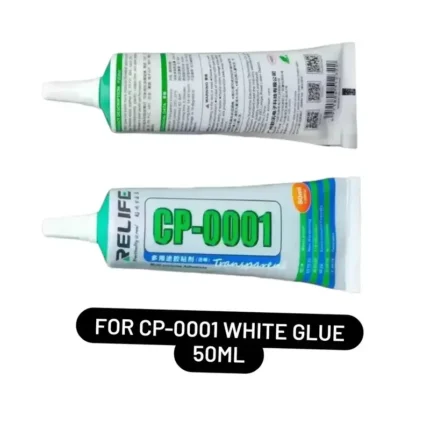
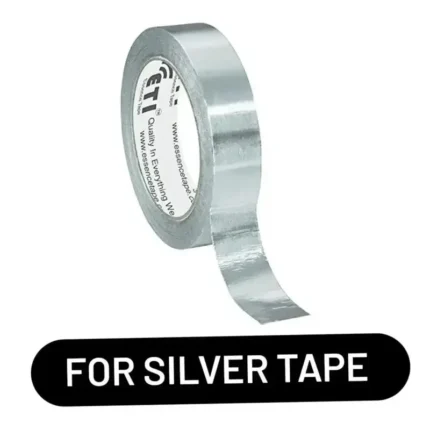

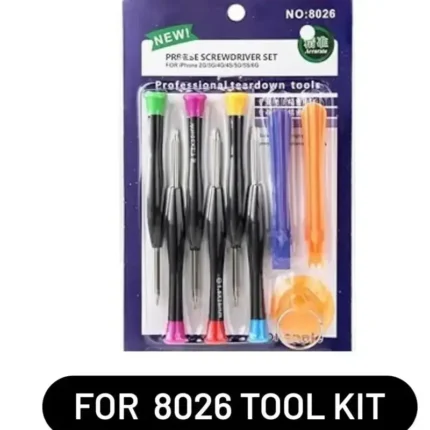


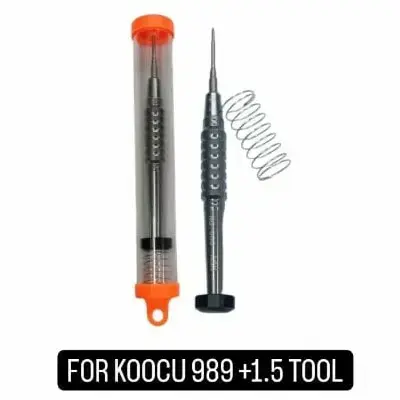

Reviews
Clear filtersThere are no reviews yet.